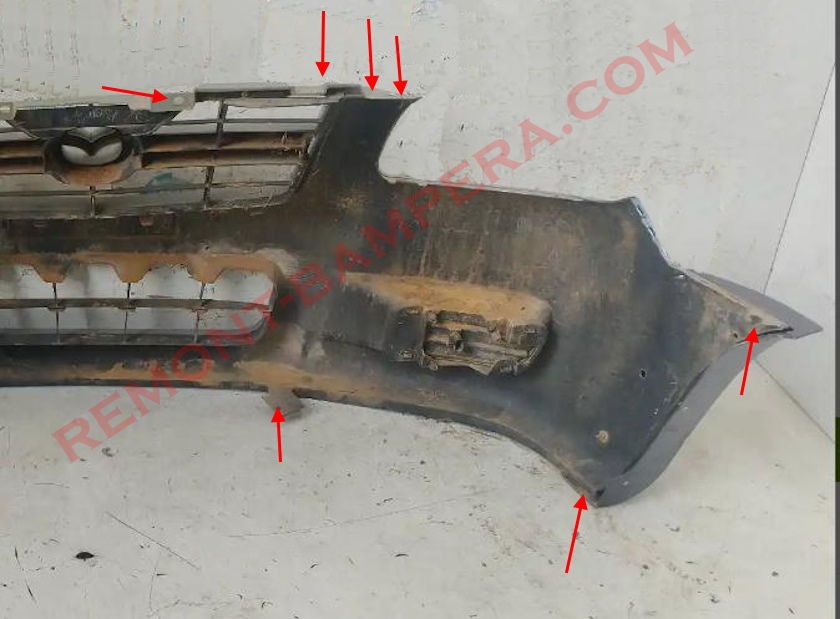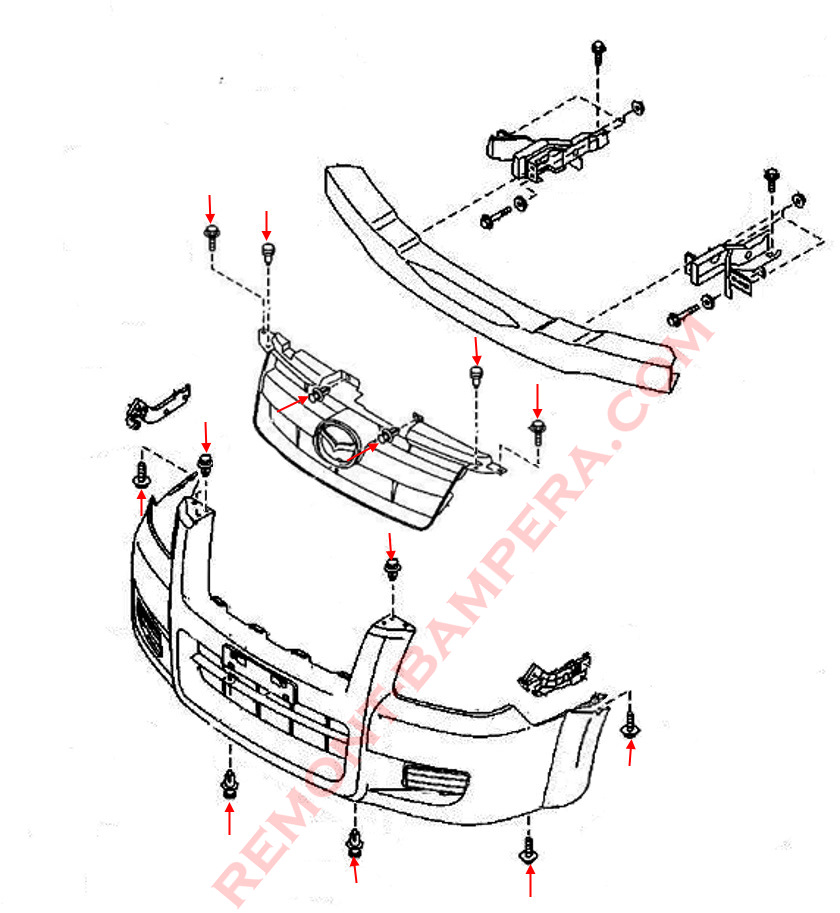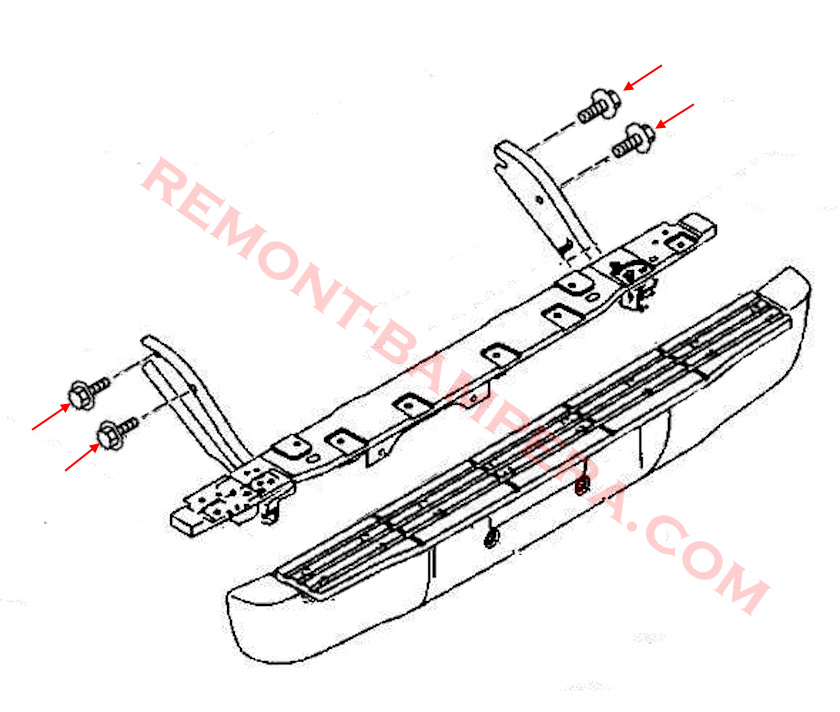Production Years and Model Code
The first generation Mazda BT-50 (model code UN) was produced from 2006 to 2011. This pickup truck was developed as part of a joint project between Mazda and Ford, making it closely related to the third-generation Ford Ranger (code P375). Production took place at plants in Thailand, South Africa, and Colombia.
Body Types and Modifications
The BT-50 MK1 was offered in two main body variants:
- Single Cab – a compact version with two doors and a shortened cabin, designed for commercial use.
- Double Cab – a five-seater version with four doors, suitable for family use.
The cargo bed length ranged from 1.5 to 2.3 meters depending on the modification. There were also versions with different wheelbases and trim levels (e.g., the base GL and more comfortable Sport).
Engines and Transmissions
The BT-50 MK1 was equipped with the following powertrains:
- 2.5 TD (143 HP) – a Common Rail turbo diesel available in different power variants.
- 3.0 TD (156 HP) – a more powerful diesel engine with increased torque.
- 4.0 gasoline V6 (207 HP) – a rare version for certain markets like Australia.
Transmissions included a 5-speed manual or 4/5-speed automatic. Drivetrain options were rear-wheel drive (4×2) or four-wheel drive (4×4) with a low-range transfer case.
Bumper Plastic Marking: >PP<
How to Remove the Front Bumper
- Open the hood.
- Under the hood, unscrew two screws, remove two clips, take out two stopper pins, release from the latches, and remove the radiator grille.
- Remove the two pins securing the top part of the front bumper.
- Unscrew two screws and remove two clips securing the bottom part.
- Unscrew one screw on each side securing the corners to the fenders (screwed from bottom to top).
- Release the latches in the fenders (pull the corners toward you).
- Remove the bumper by pulling it forward (be careful not to damage any wires).
- Disconnect the fog light connectors (if equipped).


How to Remove the Rear Bumper
- To remove the rear bumper, you need to unscrew four bolts. Get under the vehicle and use a socket wrench to unscrew two bolts on each side that secure the reinforcement brackets to the body. These bolts are usually heavily rusted, so you'll need a sturdy, long breaker bar. Before unscrewing, apply penetrating lubricant to the bolts.


Model Description
The Mazda BT-50 MK1 was positioned as a reliable and practical pickup with comfort features. Unlike purely utilitarian competitors, it offered improved sound insulation, quality interior materials, and a modern (for its time) multimedia system.
The design was straightforward, featuring Mazda's characteristic grille and angular body lines. The rear suspension used leaf springs, providing high load capacity (up to 1–1.3 tons) but reducing comfort on rough terrain.
Interesting Facts
- Shared Platforms with Ford – The BT-50 MK1 and third-gen Ford Ranger shared up to 80% of parts, including the frame and suspension.
- Sport Version – Australia offered a BT-50 Thunder variant with enhanced trim and sporty body kit.
- Export Limitations – The model was shipped to Europe in limited quantities as Mazda focused on other markets (Asia, Africa, Latin America).
- Name Evolution – In Japan, this pickup was sold as the Mazda Fighter, while some markets got it under the Ford brand.
- Technical Reliability – The 2.5 and 3.0 TD diesel engines were considered among the most durable in their class but required timely fuel system maintenance.
Conclusion
The Mazda BT-50 MK1 became an important model for the brand, helping it establish itself in the commercial pickup segment. Despite sharing its platform with Ford, it developed its own identity and loyal following. Today, these vehicles are valued for their simple construction and endurance, especially in regions with challenging road conditions.

 English
English  Italiano
Italiano  Français
Français  русский
русский  Deutsch
Deutsch  Español
Español